Boost Your Insulation Bids – Request a Precision Estimate!
- Accurancy
- Efficiency
- Transparency
- Customization
- Time Saving
- Professionalism
- Cost Control
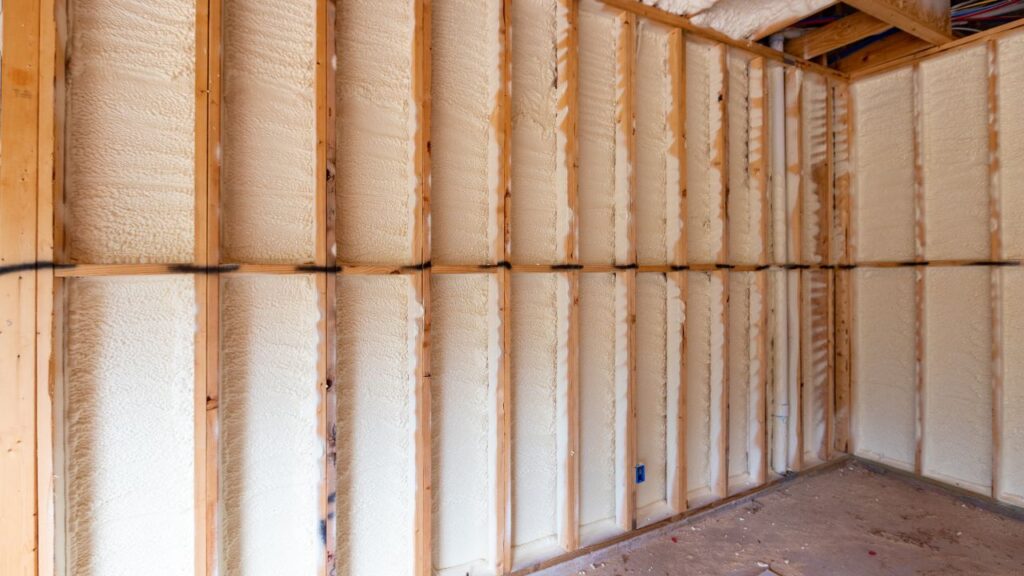
If you’re looking to insulate a 1600 sq ft house, the cost can typically range from $3,000 to $8,000, which breaks down to about $2.50 to $6.00 per square foot. At Estimate Florida Consulting, we’re all about giving you a clear and personalized picture of what this project might cost you. We dive into the specifics of your home and the type of insulation you’re considering to provide an estimate that truly fits your situation. Our aim is to guide you through this decision, balancing cost-effectiveness with the quality of insulation, so you can make the best choice for your home and budget.
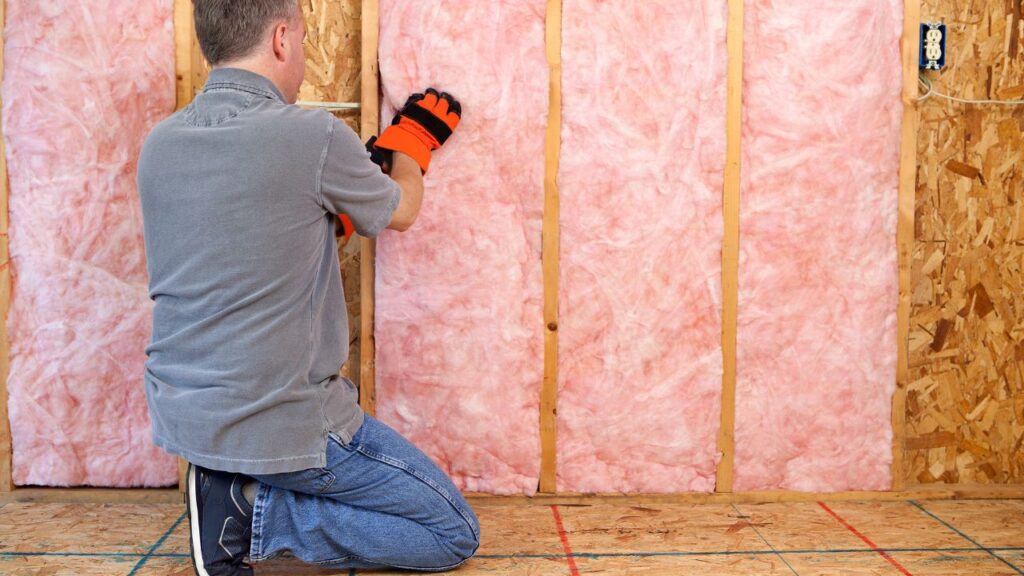
Insulating a house is crucial for improving energy efficiency, reducing costs, and creating a more environmentally friendly living space.
Proper insulation not only helps in maintaining a comfortable temperature throughout the year but also plays a significant role in lowering heating and cooling expenses. By regulating the indoor climate, insulation diminishes the reliance on artificial heating and air conditioning systems, thus reducing the carbon footprint. This sustainable practice not only benefits the environment but also promotes a healthier indoor air quality by preventing heat loss or gain.
A well-insulated home provides better soundproofing, enhancing overall comfort and tranquility for the residents.
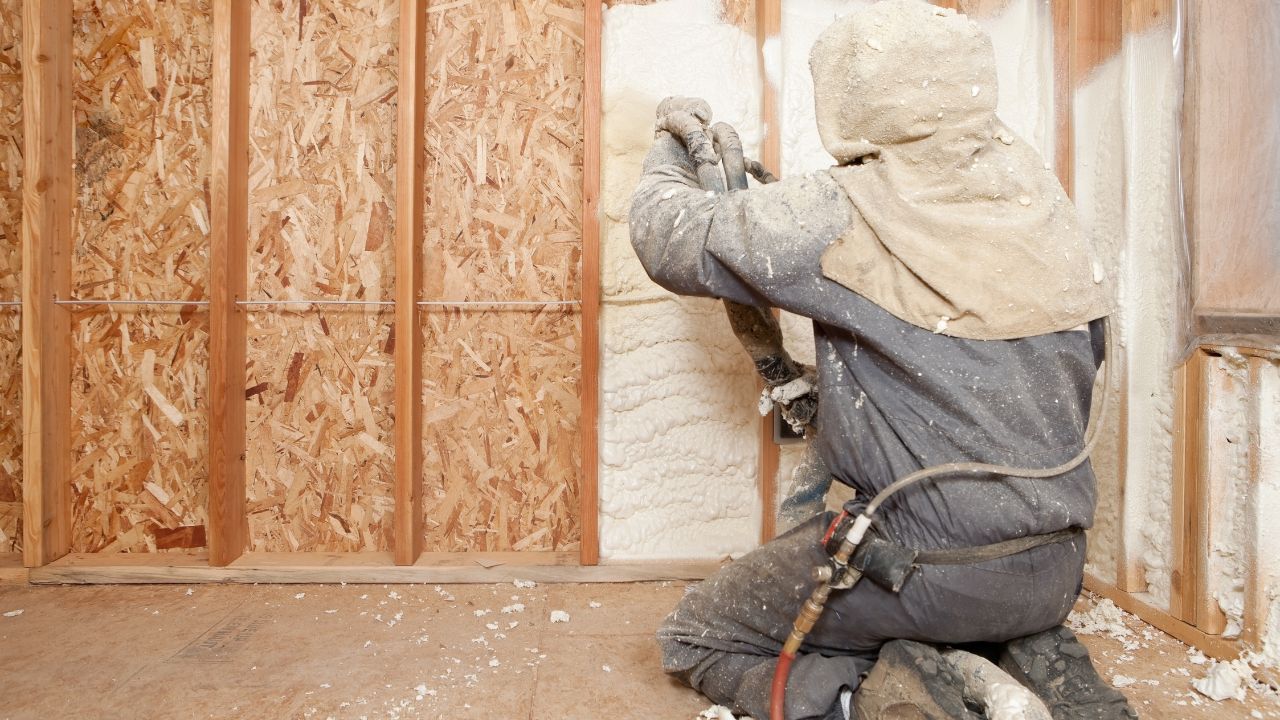
Fully Insured Licensed Hire a Contractor For Insulation
Hire Builder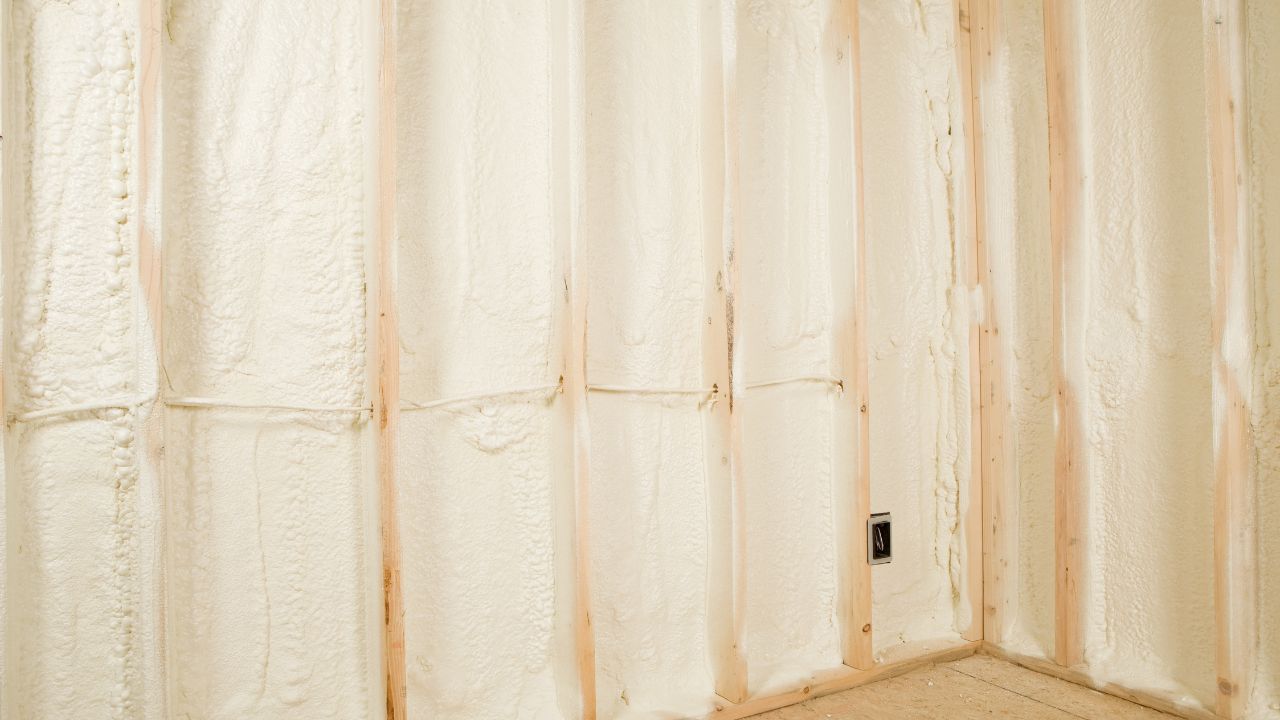
Make Informed Design Decisions Showcase Your Design Ideas
Get RenderingThe cost of insulating a house is influenced by various factors including square footage, types of materials used, labor expenses, and the quality of installation.
The square footage of a home plays a significant role in determining insulation costs, with larger homes requiring more materials and labor. The choice of insulation materials is crucial, as the prices can vary based on their effectiveness and eco-friendliness. Labor costs are influenced by the complexity of the installation process and the expertise of the professionals involved. Opting for high-quality installation is essential for long-term energy efficiency and cost savings, making it a wise investment in the overall effectiveness of the insulation project.
The size of the house, such as a 1,600 sq ft house, plays a significant role in determining the overall cost of insulation due to the amount of material required and labor involved.
A 1,600 sq ft house requires a substantial amount of insulation material to cover all surfaces adequately, including walls, ceilings, and floors.
Larger homes typically have more nooks and crannies that need to be insulated, leading to higher material costs. The labor involved in insulating a larger house is more extensive, resulting in increased installation expenses.
When obtaining estimates and quotes for insulation, the square footage of the property is a key factor that contractors consider, as it directly correlates with the amount of materials and time needed to complete the insulation job.
The choice of insulation material, whether it is foam, fiberglass, cellulose, or others, significantly affects the overall cost of insulating a house due to varying material prices and installation requirements.
Foam insulation, known for its high R-value, provides excellent thermal resistance and is particularly effective in areas like attics. While initially more expensive than fiberglass, foam insulation can lead to long-term energy savings.
On the other hand, fiberglass insulation is a popular choice due to its affordability, making it suitable for walls and floors.
Cellulose insulation, made from recycled materials, offers a sustainable option with good thermal performance. Understanding the specific insulation needs for different areas of the house is crucial in determining the most cost-effective solution.
The choice of insulation material, whether it is foam, fiberglass, cellulose, or others, significantly affects the overall cost of insulating a house due to varying material prices and installation requirements.
Foam insulation, known for its high R-value, provides excellent thermal resistance and is particularly effective in areas like attics. While initially more expensive than fiberglass, foam insulation can lead to long-term energy savings.
On the other hand, fiberglass insulation is a popular choice due to its affordability, making it suitable for walls and floors.
Cellulose insulation, made from recycled materials, offers a sustainable option with good thermal performance. Understanding the specific insulation needs for different areas of the house is crucial in determining the most cost-effective solution.
The accessibility of the house, including factors like weatherization, energy audit results, and the need for professional installation, can impact insulation costs depending on the ease of access to areas like windows, doors, and specific insulation types.
Oftentimes, when specific areas like attics, crawl spaces, or even walls are difficult to reach or require additional preparatory work before installation, it can drive up the overall expenses.
DIY options may seem cost-effective at first, but without proper access and knowledge, mistakes can lead to inefficiencies and higher energy bills in the long run.
On the other hand, having easy access to key areas allows for more straightforward professional installations, ensuring proper insulation coverage and improving overall energy efficiency of the house.
The presence of existing insulation in areas like the attic or walls can impact the cost of upgrading or replacing insulation, affecting factors such as payback period, energy savings, and overall efficiency upgrades.
When considering the potential savings and energy bill reductions that come with replacing or improving insulation, it’s crucial to understand how the type and condition of existing insulation play a significant role in determining the overall project costs.
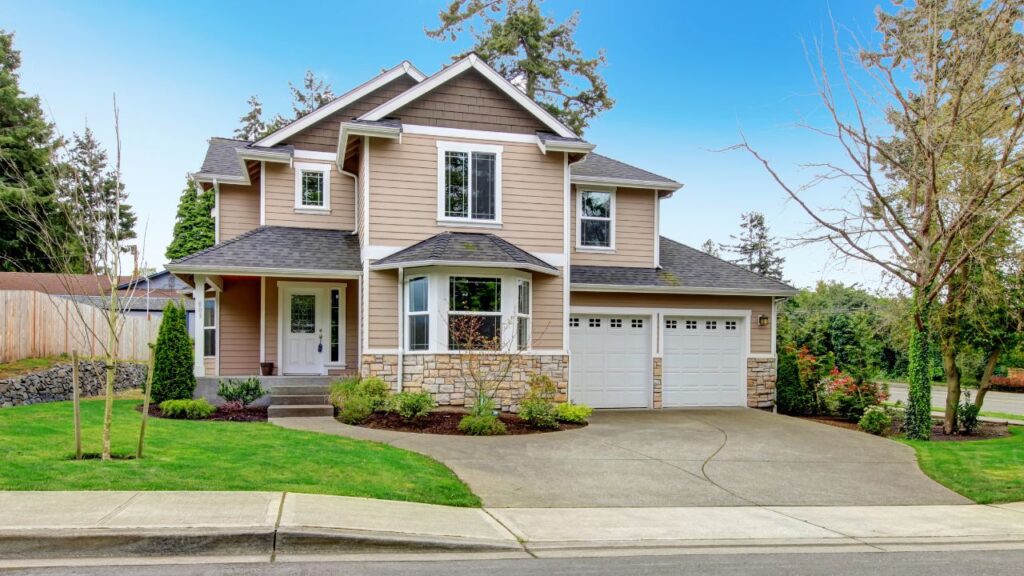
Upgrading to weather-resistant materials not only enhances thermal efficiency but also helps in maintaining a comfortable indoor environment throughout the year. By investing in high-quality insulation materials, homeowners can create a more energy-efficient space that requires less heating or cooling, ultimately contributing to long-term cost savings and environmental sustainability.
The cost of insulating a 1,600 sq ft house varies based on factors such as insulation types chosen, installation method, and whether professional installation with a warranty is preferred.
For instance, insulating the attic of a 1,600 sq ft house could range from $1,000 to $5,500, depending on whether you opt for fiberglass, cellulose, or spray foam insulation. Walls and floors might cost anywhere from $1,500 to $8,000 each for high-quality materials and expert installation. Investing in professional installation not only ensures proper coverage but also comes with warranties that can protect your investment in the long run, providing peace of mind and potential cost savings on energy bills.
Spray foam insulation offers high energy efficiency and thermal insulation benefits, but its cost for a 1,600 sq ft house can vary based on the area of application, professional installation needs, and long-term maintenance requirements.
The average cost of spray foam insulation for a 1,600 sq ft house can range from $2,000 to $7,000. This cost includes materials, labor, and equipment.
The energy efficiency advantages of spray foam insulation can lead to significant savings on heating and cooling bills in the long run. Its thermal insulation properties help maintain a comfortable indoor temperature year-round.
Proper installation by professionals is crucial, especially in areas like the attic and walls, to ensure maximum effectiveness and longevity of the insulation. Professional installation also minimizes the risk of issues such as air leaks and uneven distribution of the foam.
Fiberglass insulation is a cost-effective option for insulating a 1,600 sq ft house, with pricing influenced by factors such as R-value requirements, utility cost savings, and the need to winterize the property effectively.
When considering the cost of fiberglass insulation, it’s essential to think about the long-term benefits it offers. With its high R-value properties, fiberglass insulation helps maintain a comfortable temperature within the home, reducing the reliance on heating systems during colder months and subsequently lowering energy bills. This cost-effective solution not only provides initial savings but also contributes to ongoing utility cost savings, making it a wise investment for homeowners looking to improve efficiency and lower their overall heating and cooling expenses.

Cellulose insulation provides excellent energy efficiency benefits and can eventually pay for itself through reduced energy bills and potential tax credits, with costs for a 1,600 sq ft house depending on the installation areas and tax credit eligibility.
For a house of this size, the cost of cellulose insulation installation typically ranges from $1,500 to $2,500. While this initial investment may seem significant, the long-term savings on energy bills can make it a financially wise decision. Cellulose insulation is known for its ability to effectively reduce energy consumption by creating a thermal barrier, keeping the house warmer in winter and cooler in summer. This improved energy efficiency not only contributes to lower heating and cooling costs but also minimizes the carbon footprint of the property.
Mineral wool insulation offers effective thermal insulation properties, soundproofing benefits, and moisture control features, with costs for a 1,600 sq ft house varying based on the insulation needs for areas like the attic, walls, and floors.
The cost factors related to mineral wool insulation in a 1,600 sq ft house depend on several key elements. For instance, the type and thickness of mineral wool used in the installation process can significantly impact the overall pricing. The labor costs for installing mineral wool insulation in different areas of the house, such as the attic, walls, and floors, can vary based on the complexity of the job and the accessibility of the spaces. Factors like the local market prices for materials and labor also play a crucial role in determining the total cost of insulating a home with mineral wool.
Insulating a house offers a plethora of benefits, including energy savings, enhanced comfort, noise reduction, increased property value, and a positive return on investment (ROI) over time.
By effectively insulating your living space, you not only reduce energy consumption but also create a more comfortable environment year-round. Improved insulation helps in maintaining consistent indoor temperatures, keeping the heat out during scorching summers and retaining warmth during cold winters.
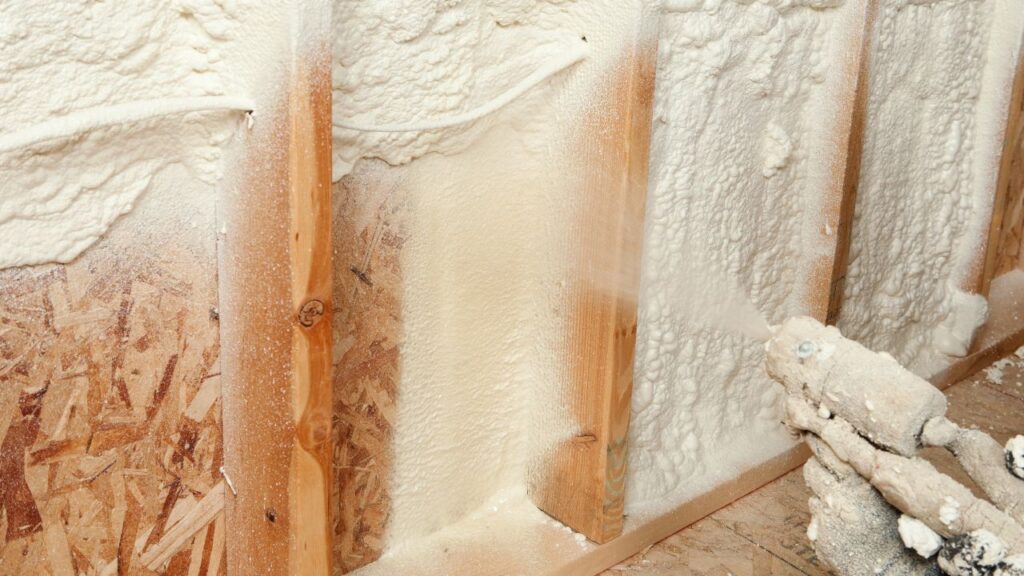
The noise-reducing properties of insulation contribute to a quieter and more peaceful home setting. When considering insulation, remember that it not only adds value to your property but also enhances overall indoor air quality, providing a healthier and cozier living space for you and your family.
Insulating a house leads to significant energy savings over time by lowering energy bills, enhancing efficiency, and reducing overall utility costs, making it a cost-effective investment with a reasonable payback period.
This is particularly important as proper insulation helps in maintaining a consistent indoor temperature, reducing the need for excessive heating or cooling. By creating a thermal barrier, insulation traps heat during colder months and keeps the interior cool during hot seasons, thereby lessening the workload on heating and cooling systems. This not only saves money by cutting down on energy usage but also contributes to a more sustainable environment by reducing carbon emissions associated with energy consumption. Weatherization and efficiency upgrades, along with quality insulation, play a crucial role in achieving long-term energy efficiency and cost savings.
Insulating a house enhances comfort levels by regulating indoor temperatures, improving indoor air quality, providing soundproofing benefits, ensuring weather resistance, and controlling moisture levels within the property.
This multi-faceted approach to insulation not only helps maintain a consistent and comfortable temperature throughout different seasons but also plays a crucial role in enhancing the quality of indoor air.
By sealing gaps and cracks, insulation prevents outside pollutants and allergens from entering the home, thereby creating a healthier environment for its inhabitants.
The soundproofing properties of insulation contribute to a peaceful and serene living space by reducing external noises.
Weather-resistance benefits come into play by safeguarding the house against external elements, while moisture control helps in preventing mold and mildew growth, promoting a cleaner and more comfortable living space.
Insulating a house helps reduce noise transmission from outside sources and between rooms, offering soundproofing benefits through proper insulation of windows, doors, walls, attics, and other areas.
This noise reduction advantage of house insulation is especially crucial in urban areas where external disturbances can disrupt one’s relaxation and sleep.
By soundproofing windows with double or triple-pane glass, weatherstripping doors to minimize air gaps, and using materials like fiberglass, cellulose, or foam for wall and attic insulation, homeowners can create a quieter and more peaceful indoor environment.
Each type of insulation has its unique properties – fiberglass is known for its affordability, cellulose for its eco-friendliness, and foam for its effectiveness in sealing air leaks, contributing to superior soundproofing results throughout the home.
Insulating a house can increase its resale value by enhancing energy efficiency, improving comfort levels, and showcasing a commitment to sustainable living, making it a valuable long-term investment with a positive ROI.
In addition to these benefits, proper house insulation also plays a crucial role in reducing monthly energy bills, as it helps regulate indoor temperatures more effectively, reducing the strain on heating and cooling systems. By creating a well-insulated environment, residents can enjoy a consistent and comfortable living space year-round, irrespective of external weather conditions. Investing in quality insulation materials demonstrates a homeowner’s forward-thinking approach, aligning with the growing demand for eco-friendly properties in the real estate market.
Selecting the appropriate insulation for a 1,600 sq ft house involves considering factors like climate conditions, desired R-value, insulation material preferences, quotes from contractors, and the use of eco-friendly and sustainable materials.
The climate of a region plays a vital role in determining the most suitable insulation type. For colder climates, a higher R-value is recommended to effectively retain heat within the house, while in warmer regions, insulation with reflective properties may be more beneficial. When choosing insulation materials, options range from traditional fiberglass to newer alternatives like spray foam or cellulose.
Seeking quotes from multiple contractors can help in comparing prices and installation services. Scheduling an energy audit can provide insights into areas for improvement and help in making informed decisions about energy-efficient insulation solutions.
When selecting insulation for a 1,600 sq ft house, it is essential to consider the local climate, conduct an energy audit, focus on weatherization strategies, prioritize efficiency upgrades, and opt for eco-friendly solutions to reduce the carbon footprint.
Understanding the specific climate conditions in your area is crucial as it can greatly impact the effectiveness of insulation. Energy audits provide valuable insights into the current energy usage and areas of improvement within the home.
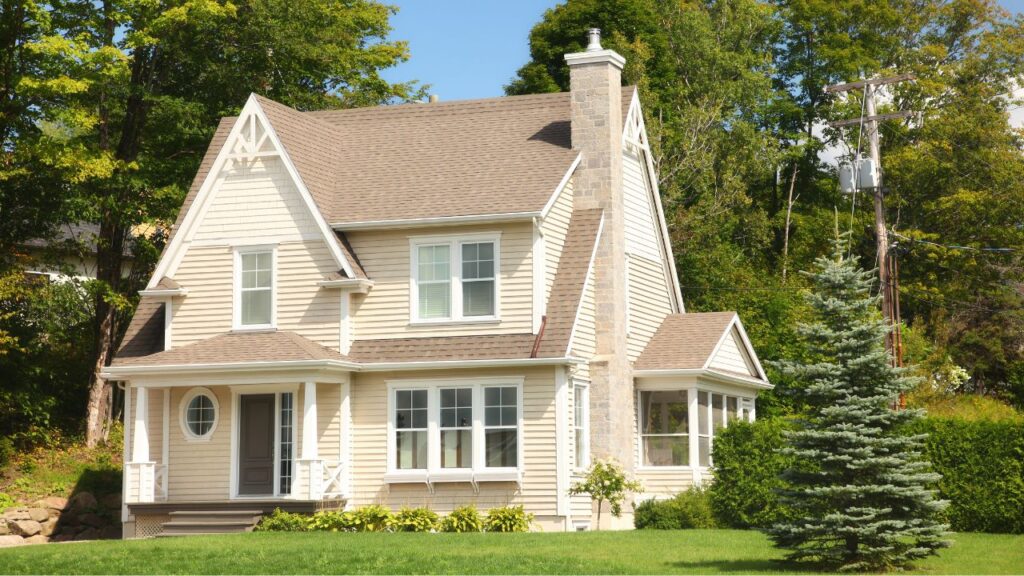
By implementing weatherization techniques such as sealing air leaks and adding insulation, homeowners can enhance their property’s energy efficiency. Efficiency upgrades, such as installing double-glazed windows or upgrading to a programmable thermostat, can further reduce energy consumption.
Opting for eco-conscious options like recycled insulation materials or sustainable building practices not only benefits the environment but also contributes to long-term energy savings.
Determining the appropriate R-value required for insulation in areas like the attic, walls, and floors of a 1,600 sq ft house is crucial for optimizing energy efficiency, ensuring proper insulation types are selected, and enhancing weather resistance.
By carefully assessing the R-value needs, homeowners can make informed decisions about the insulation materials that will best suit each specific area of the house. For example, the attic may require a higher R-value compared to the walls or floors due to its increased exposure to external temperatures. Choosing the right R-value helps in reducing energy consumption for heating and cooling, leading to lower utility bills and a more comfortable living environment.
A well-insulated home with the appropriate R-value offers better protection against external elements, such as rain, wind, and extreme temperatures, ultimately prolonging the longevity of the property.
Choosing the right insulation material for a 1,600 sq ft house involves considering factors such as climate compatibility, R-value requirements, suitability for different areas like attics and walls, and deciding between professional installation or DIY options.
Insulation materials come in various types, including fiberglass, cellulose, foam, and reflective insulation.
The climate of the region is crucial in determining the best option, as some materials perform better in specific weather conditions.
Attics typically benefit from materials with high R-values to prevent heat loss, while walls may require insulation that can also provide soundproofing.
When deciding between professional and DIY installation, it’s essential to assess the complexity of the job, one’s skills, and available time. Hiring professionals ensures proper installation, while DIY methods offer cost-saving opportunities for those with the necessary expertise.

Fully Insured Licensed Hire a Contractor For Insulation
Hire Builder
Make Informed Design Decisions Showcase Your Design Ideas
Get RenderingInsulating a 1600 sq ft house can cost between $3,000 to $8,000, averaging around $2.50 to $6.00 per square foot. At Estimate Florida Consulting, we focus on delivering tailored and detailed cost assessments to match the unique requirements of your home and insulation needs. Our expertise enables us to consider all relevant factors, from the type of insulation to the specific attributes of your property. We aim to provide a balanced approach, ensuring both cost-efficiency and high-quality insulation results. Ultimately, our goal is to support you in making informed decisions, enhancing your home’s energy efficiency and comfort within a reasonable budget.
The average cost for insulating a 1600 sq ft house typically ranges from $3,000 to $8,000, which equates to about $2.50 to $6.00 per square foot. This cost can vary depending on factors such as the type of insulation material used and the specific areas of the house being insulated.
The cost of insulation can vary significantly based on the material chosen. Options like fiberglass, foam, or cellulose have different prices and installation requirements. For example, foam insulation tends to be more expensive but offers higher energy efficiency, while fiberglass is more budget-friendly.
Yes, insulating your house can lead to long-term benefits such as reduced energy bills, improved temperature regulation, increased comfort, and potentially higher property value. Good insulation maintains indoor temperatures, reducing the need for excessive heating or cooling.
While some homeowners opt for DIY insulation to save costs, professional installation is recommended for optimal results. Professionals have the expertise to properly install insulation, ensuring maximum effectiveness and adherence to safety standards. DIY insulation can be more challenging and might not provide the same level of efficiency.
When choosing insulation, consider the climate of your area, the specific insulation needs of different parts of your house (such as attic or walls), the desired R-value for effective thermal resistance, and the environmental impact of the insulation material. It’s also important to consider your budget and whether you want to undertake a DIY project or hire professionals for installation.
Yes, there are ways to reduce the cost of building a 50 floor building, such as using energy-efficient materials, choosing a simpler design, and negotiating with contractors for better pricing. However, it is important to balance cost-cutting measures with quality and safety.
Here I am going to share some steps to get your How Much Does It Cost To Insulate a 1600 sq ft House estimate report.
You can send us your plan on info@estimatorflorida.com
Before starting your project, we send you a quote for your service. That quote will have detailed information about your project. Here you will get information about the size, difficulty, complexity and bid date when determining pricing.
Our team will takeoff and estimate your project. When we deliver you’ll receive a PDF and an Excel file of your estimate. We can also offer construction lead generation services for the jobs you’d like to pursue further.

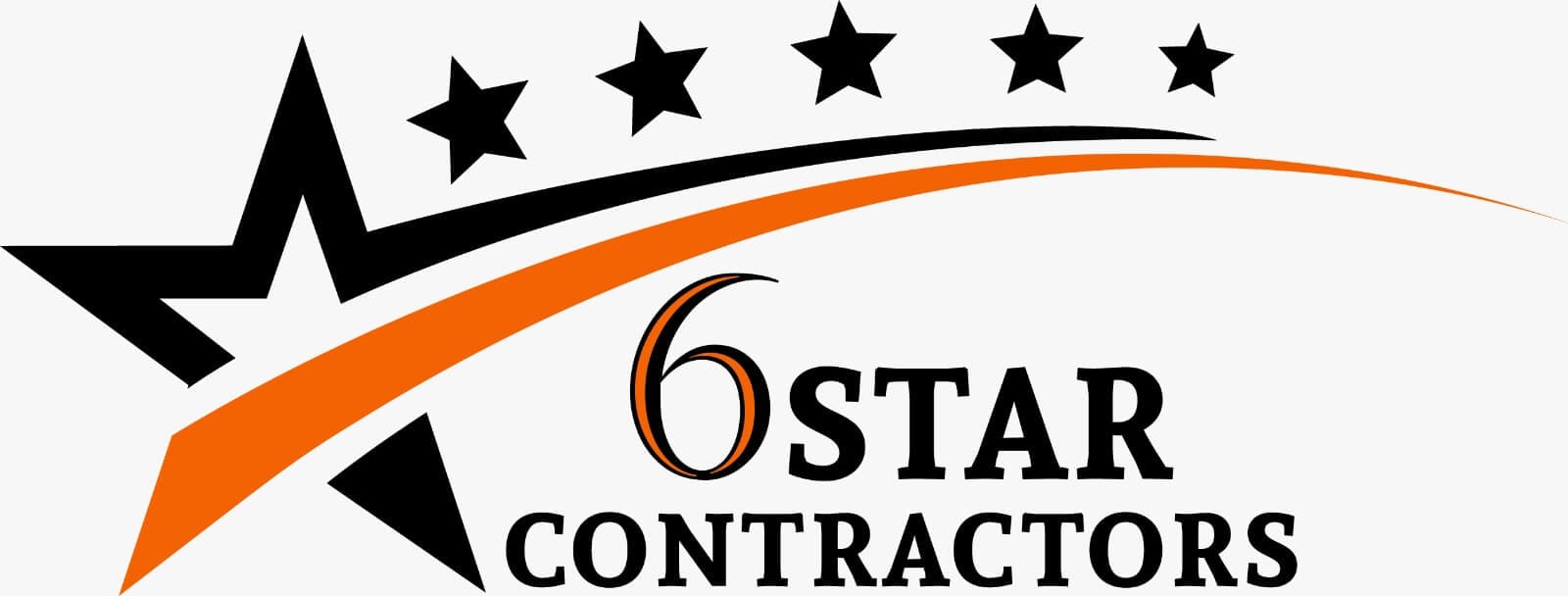

561-530-2845
info@estimatorflorida.com
Address
5245 Wiles Rd Apt 3-102 St. Pete Beach, FL 33073 United States
561-530-2845
info@estimatorflorida.com
Address
5245 Wiles Rd Apt 3-102 St. Pete Beach, FL 33073 United States
All copyright © Reserved | Designed By V Marketing Media | Disclaimer